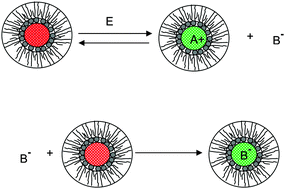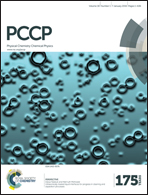Exploring the charging mechanisms in non-aqueous multiphase surfactant solutions, emulsions and colloidal systems via conductivity behaviors predicted with eyring's rate process theory
Abstract
The common charging agents and charging mechanisms in non-aqueous multiphase systems available in the literature are analyzed, and the conductivity equations derived on the basis of the charging mechanisms with the Eyring's rate process theory are compared with experimental observations. The popular charging mechanisms in non-aqueous systems, such as the ion preferential absorption, ion pair dissociation, and micelle disproportionation/fluctuation models, are found to be incapable of explaining all experimental evidences. Particularly, the ion pair dissociation and micelle disproportionation/fluctuation models apparently suffer a major drawback: how charges are separated and most importantly how charging entities are stabilized in non-aqueous systems, are not adequately addressed; in low dielectric constant non-aqueous media separated ions tend to bind together rather than stay separately. A new charging mechanism incorporating an electric field internally available or externally applied into the charging process is proposed to explain charge separations and stabilizations. The conductivity equations derived on the basis of this new mechanism predict that conductivity should linearly increase with both the electric field and the concentrations of inverse micelles in very low concentration regions, which is consistent with experimental evidences.


 Please wait while we load your content...
Please wait while we load your content...